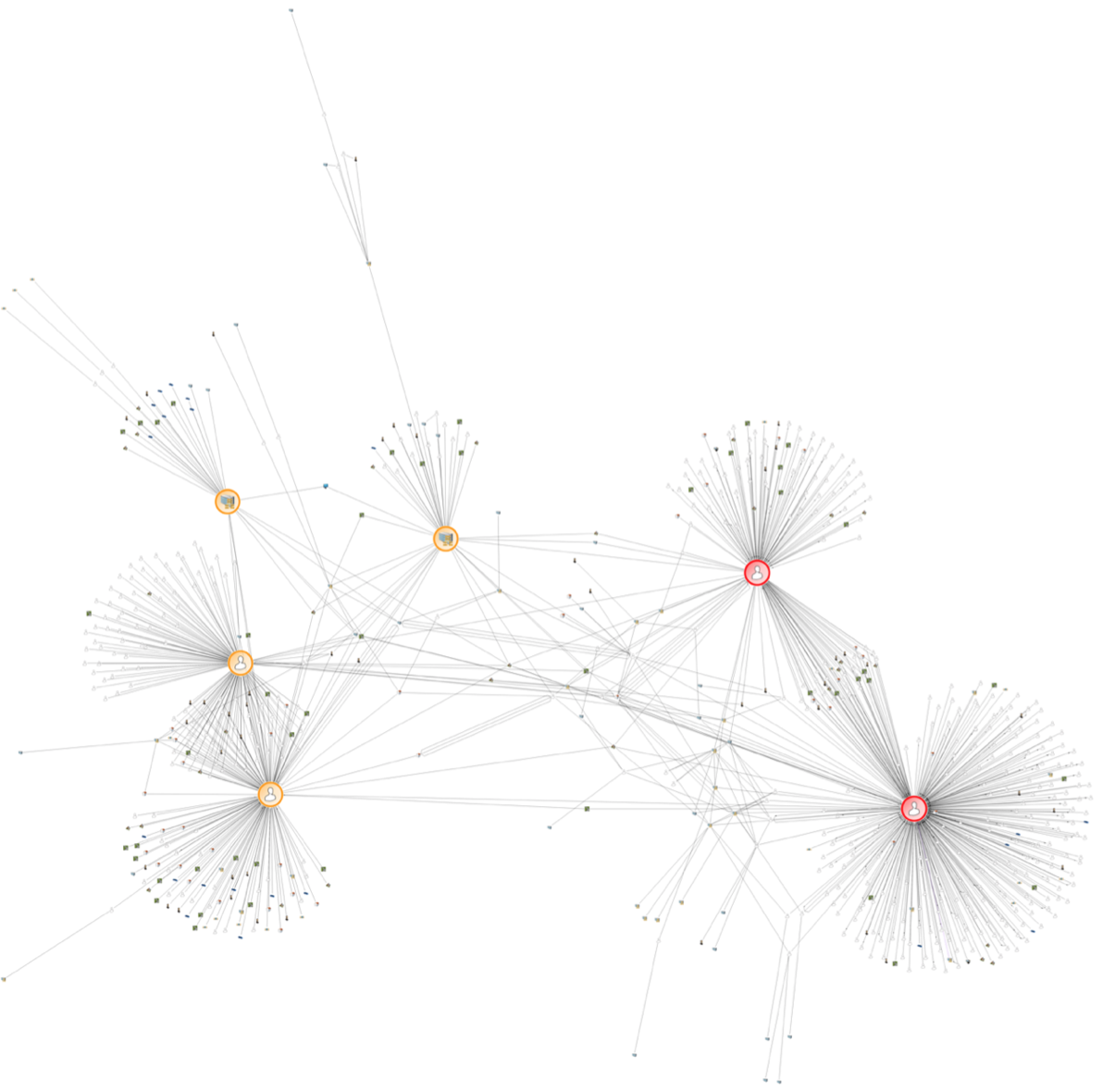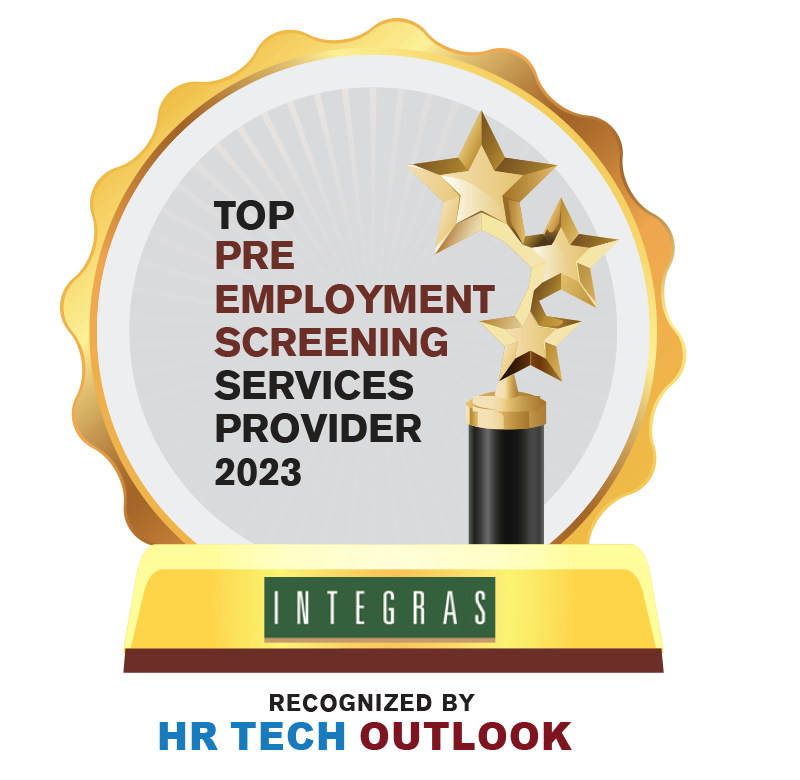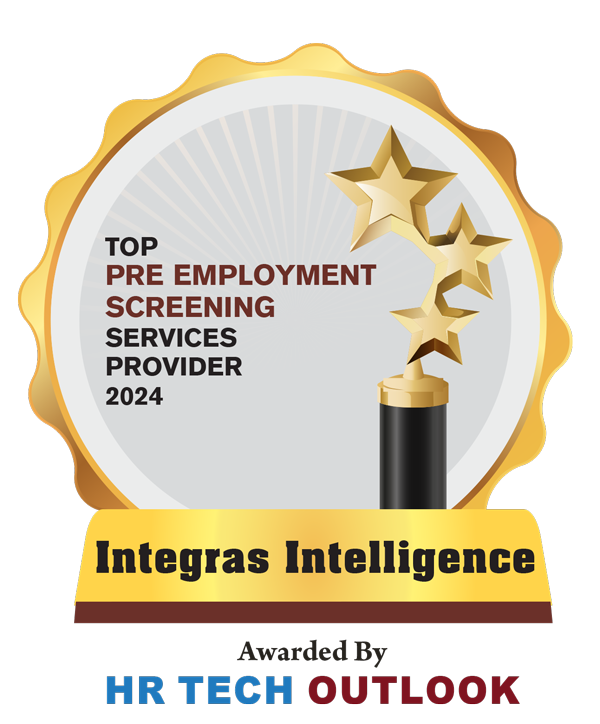
About a year ago, we started seeing an uptick in requests to find connections between people and companies. Interest in such investigations has grown since then, to the point where we decided to reevaluate how we tackle these types of projects.
To put it bluntly, these investigations are not easy.
If a company seeks our help, the matter is probably complicated; otherwise, a simple Internet search would suffice. In most cases, the research was started but identified little, if anything, conclusive.
Connections Analysis Research Applications
Why would someone want to find connections between people and/or companies? Consider these recent examples:
- One company wanted to identify connections between parties in an arbitration proceeding to determine if there was a conflict of interest that could have one or more individuals removed from the case.
- Our client suspected that a key employee did not disclose business interests that directly conflicted with their company’s mission. This raised operational concerns, as well as trust issues. We were tasked with identifying connections between the employee and various companies and individuals.
Other reasons why someone might want to identify connections between parties include litigation support to determine whether connections exist between witnesses and named parties, as well as corporate investigations to see if contracts are being misdirected to friends or family.
Connections Analysis Research: The Process
While the intake process is important in all investigations, it is especially critical in a connections analysis project. First, we gather all available information on the subjects, including any research already performed, which allows us to define next steps without duplicating efforts. As such projects often involve researching multiple people and/or business entities, this is also when we clarify any ambiguities and confirm which connections are the most important. For example, are we solely interested in connections between Person A and Persons B, C, D and E? Or do the interconnections between Persons B through E matter as well? Understanding these goals and confirming expectations sets the foundation for our research.
Next, we conduct background investigations on key individuals and companies, which includes extensive database and public record research. The goal is to collect as many data points as possible, such as addresses, phone numbers, email addresses, corporate affiliations, family members and associates, and other pertinent information associated with the applicable parties. If related jurisdictions offer remote access and the subjects have uncommon names, then some of this may be done relatively quickly. Often, however, additional time and resources must be spent sending researchers and investigators into applicable offices to run the searches and obtain copies of filings. And if the subjects have common names, additional research is required to eliminate false positives. At the end of this process, we’ve usually gathered a vast amount of data to review and analyze.
Earlier I mentioned that we decided to reevaluate how we handle these types of investigations. At first, we relied heavily upon our analysts to connect parties through common addresses, phone numbers, company names, etc. The inefficiency of this process quickly became clear, given the sheer volume of data points, which required multiple analysts to tackle different components of the research. After exhaustive research, we settled on a software solution specifically designed for these types of investigations, which is used by law enforcement, the military, and other organizations. While the investment was substantial and the learning curve steep, the ability of this incredibly powerful software to make connections between parties is often surprising. Now we can enter data on a continuous basis and run queries in real-time to uncover connections—and even networks—that would not have been visible to the naked eye with raw data alone. Unexpected paths become clear, and we can spend more time on different types of analyses. While entering data in the required format involves a significant amount of work, the software quickly and clearly reveals connections that may have been missed.
The Art of Connections Analysis Research
In the example below, taken and redacted from a real investigation, colored nodes depict the subjects of the investigation, and the lines indicate data points connected to them, such as email addresses, corporate affiliations, phone numbers, etc. Lines between nodes indicate links between subjects revealed through the software analysis, either directly or because they share one or more data points.
As you can see, the ability to make and clearly visualize connections is impressive. And it kind of looks like art, don’t you think?

To learn more about connections analysis research and whether it might support your needs, contact Integras Intelligence at 212.871.1274.












